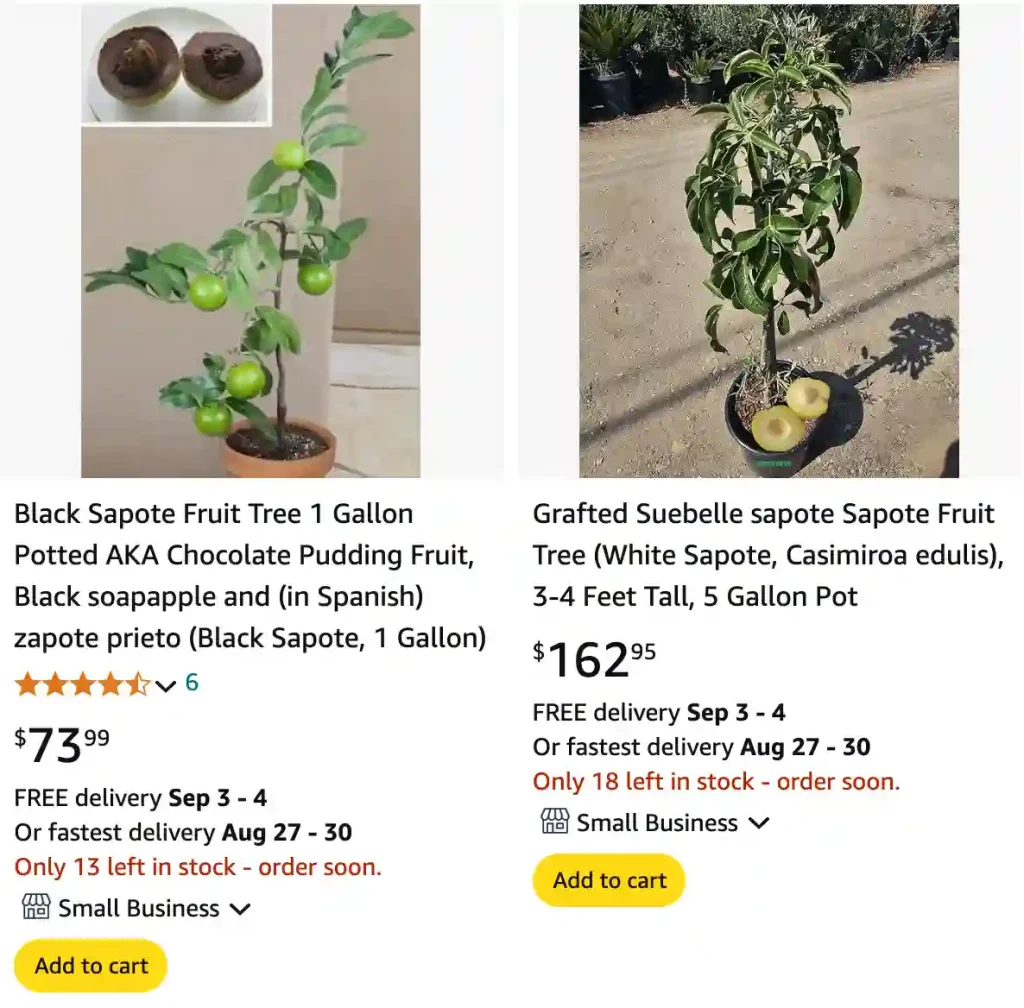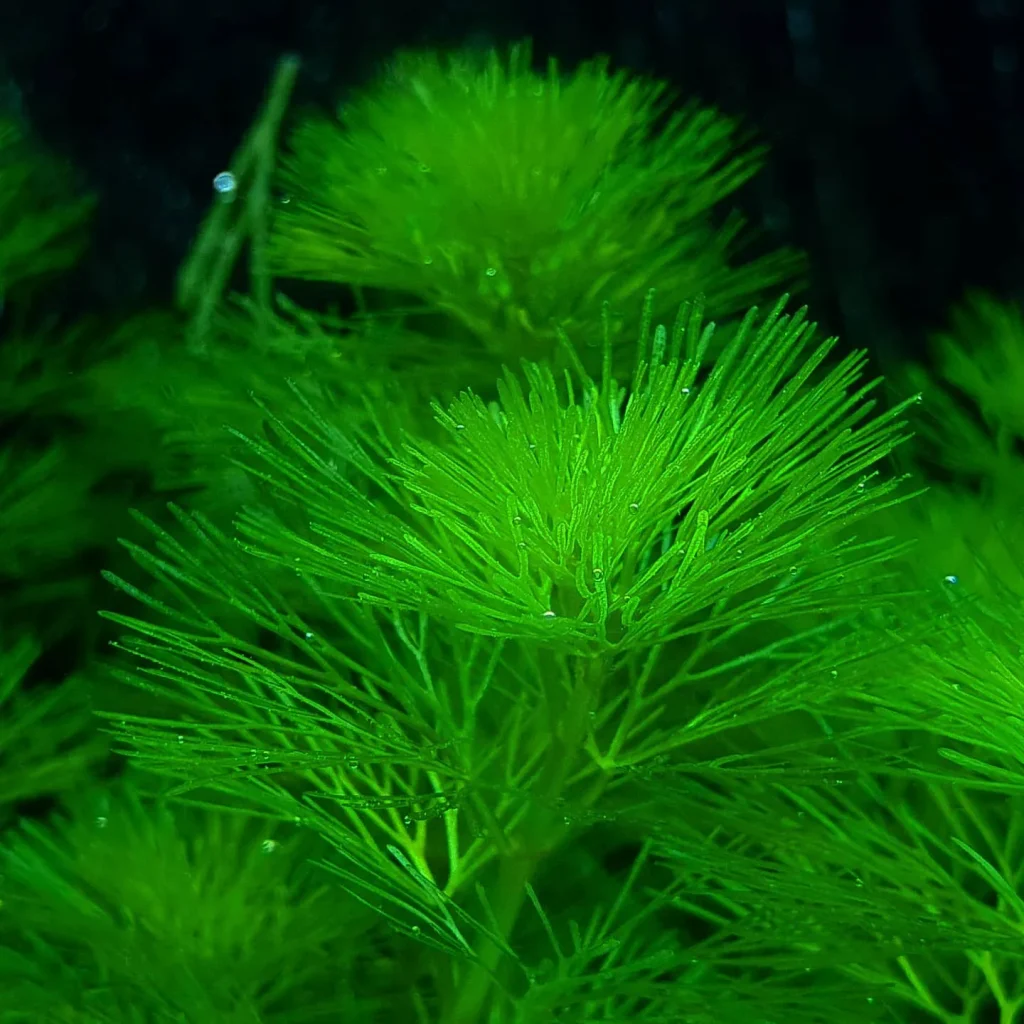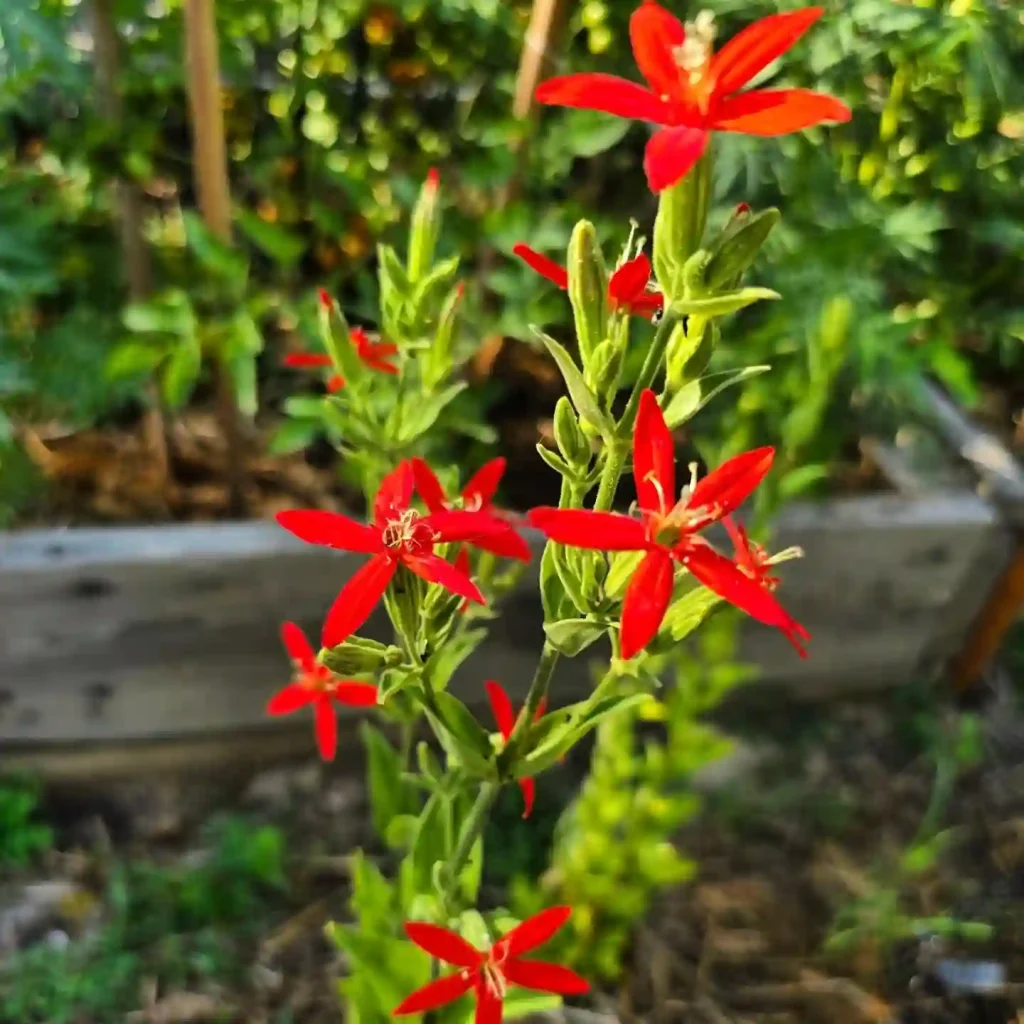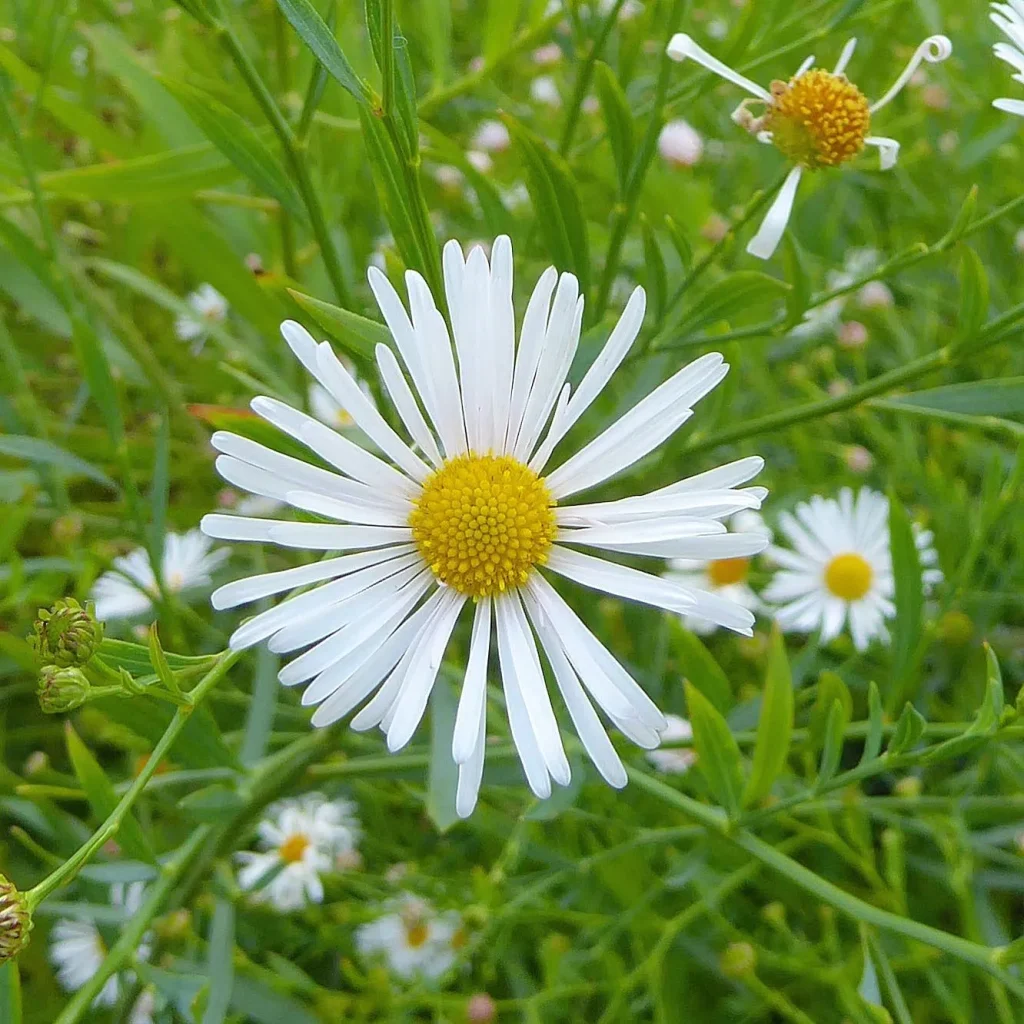
FAQs About Sapote: Everything You Need to Know
As someone who’s explored a wide range of fruits, I’ve come across many intriguing options, but Sapote really stands out. This tropical delight often leaves people with questions. Let’s dive into the FAQs about Sapote and clear up any confusion.
What is Sapote?
Sapote is a term that can refer to several fruits, but most commonly it describes a fruit from the genus Pouteria, belong to the Sapotaceae family. It’s native to Central and South America and is known for its creamy texture and sweet flavor. The most popular varieties include Black Sapote, Mamey Sapote, and White Sapote. Each has its own distinct characteristics and uses.
Plant Family: 74 Genera in Sapotaceae
How to Eat a Sapote?
Eating Sapote is straightforward but depends on the variety. For Black Sapote, which is sometimes called “chocolate pudding fruit,” you can simply scoop out the flesh with a spoon. It’s delicious on its own or can be used in desserts. Mamey Sapote, on the other hand, has a rough skin. Cut it open, remove the seed, and scoop out the orange flesh. It’s great in smoothies or eaten fresh. White Sapote can be eaten fresh or added to fruit salads.
Where Can I Buy Black Sapote?
Finding Black Sapote might require some effort depending on where you live. You can often find it at specialty grocery stores or farmers’ markets that focus on tropical fruits. Online retailers also offer Black Sapote, especially during its peak season. If you’re in a tropical region, local markets might carry it more regularly.
What Does Sapote Taste Like?
Sapote’s flavor varies by type. Black Sapote has a taste reminiscent of chocolate pudding, which makes it a unique treat. Mamey Sapote offers a flavor profile similar to a blend of pumpkin and sweet potato with a hint of vanilla. White Sapote is known for its creamy, custard-like texture and a flavor that’s often compared to a mix of banana, pear, and vanilla.
How to Grow Sapote?
Growing Sapote requires a warm, tropical climate. If you’re in a suitable region, you can start by planting seeds from the fruit. For Black Sapote, ensure the tree gets full sun and well-draining soil. Mamey Sapote trees also thrive in similar conditions but may take a few years to start bearing fruit. White Sapote is less tolerant of frost, so it’s best suited to subtropical areas. Regular watering and occasional fertilizing will help the tree thrive.
How to Know When Sapote is Ripe?
Determining ripeness can vary by variety. For Black Sapote, the fruit should be soft to the touch and slightly wrinkled. The flesh will turn a dark, chocolatey brown when ripe. Mamey Sapote is ripe when its skin gives slightly under pressure and it has a fruity aroma. White Sapote should be soft and slightly wrinkled; however, it can be eaten when it’s just beginning to soften.
Sapote vs. Mamey
Mamey Sapote is one type of Sapote, but it’s often confused with other varieties. Mamey has a rough, brown skin and bright orange flesh. It’s known for its rich, sweet flavor. In contrast, Black Sapote, also called “chocolate pudding fruit,” has a dark, smooth skin and a flavor reminiscent of chocolate. Both are delicious but offer different taste experiences.
Sapote vs. Chico
Sapote and Chico, or Sapodilla, are often mixed up because they both belong to the same family. However, they differ significantly in taste and appearance. Chico has a grainy texture and a flavor similar to brown sugar and pear. It’s also known for its gritty, sandy feel. Sapote, depending on the variety, can have a creamy texture (like Black Sapote) or a smooth, custard-like feel (like White Sapote).
Sapote vs. Sapodilla
Sapodilla is another name for Chico, so there’s no difference between Sapote and Sapodilla other than the terminology used in different regions. Both are sweet and can be used in similar ways, but Sapodilla (Chico) tends to have a grittier texture compared to the smooth, creamy texture of other Sapotes.
How to Care for Sapote Trees
Caring for Sapote trees involves regular watering, especially during dry periods. They benefit from occasional fertilization, preferably with a balanced fertilizer. Pruning is essential to maintain the tree’s shape and promote healthy growth. Be mindful of pests and diseases, which can affect fruit production. Ensuring proper drainage and avoiding waterlogged conditions will also keep your tree healthy.
Common Problems with Sapote
One common problem with Sapote trees is fruit drop, which can occur due to improper watering or nutrient deficiencies. Pests like aphids and scale insects might also be an issue. To prevent these problems, monitor your tree regularly and provide it with appropriate care and treatments as needed.
Benefits of Eating Sapote
Sapote is not just delicious; it’s also nutritious. It provides a good amount of vitamins A and C, along with dietary fiber. Black Sapote, in particular, is high in antioxidants, which can help combat oxidative stress. Mamey Sapote is rich in vitamins and minerals, including potassium and vitamin C, which are beneficial for overall health.
Sapote offers a diverse range of flavors and textures, making it a unique fruit worth exploring. Whether you’re interested in growing your own or just trying it out at a local market, understanding these aspects can enhance your enjoyment of this tropical treat.
If i die, water my plants!



